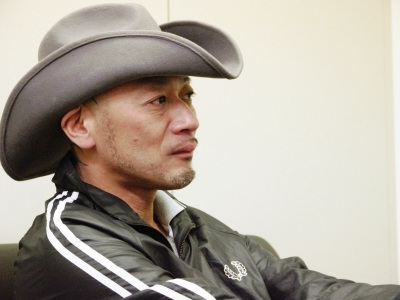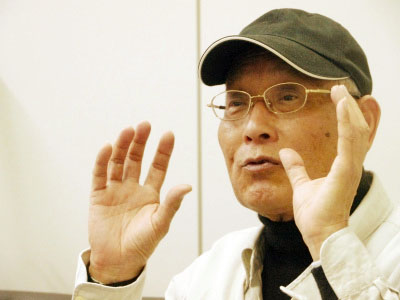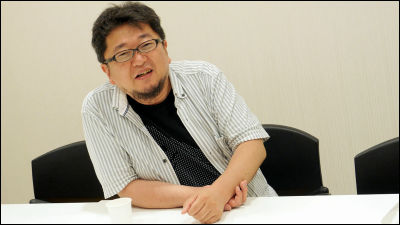Interview with Keizo Murase, the special sculptor who created Gamera, Mothra, and King Ghidorah: ``When creating something, always think from the perspective of the viewer.''

We asked Tsuguzo Murase, a special sculptor who is in charge of the modeling of ``Gamera
Mr. Murase, who has worked on many monster models such as the Godzilla series, has also expanded into Hong Kong movies, having been invited by Shaw Brothers to take charge of modeling for films such as ``The Snake Prince'' and ``Revenge of the Peking Man .'' This time, SKY PerfecTV! The Japanese movie channel 's original program ' Nippon special effects cross the border! ~The Men Who Challenged the World~ '' (broadcast on March 20th and 21st). We spoke to the craftsman about how he views the current situation where CG is becoming more and more popular in movies.
Japanese movie channel “Special Effects Kingdom Special ~Part 6 Challenge to the World~”
http://www.nihon-eiga.com/tokusatsu/
Mr. Murase appeared in ``Special Effects Kingdom'' wearing a newly created costume based on the costume he used in ``Peking Man Strikes Back.''
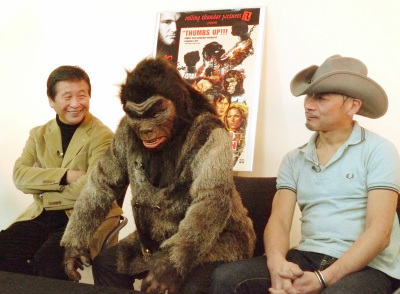
``I didn't know this was a jacket,'' said Koichi Kawakita, assistant special director for ``Peking Man Strikes Back.''

A two-shot with director Tomoo Haraguchi who provides commentary.
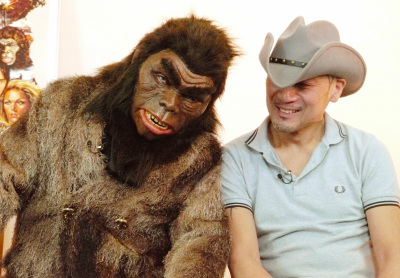
It's a strangely powerful costume that is actually used in movie shooting.
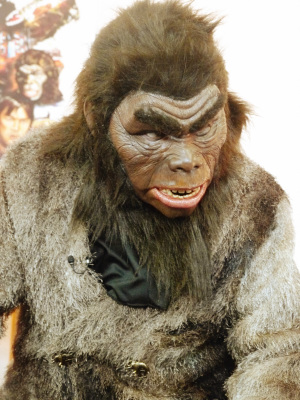
Since you cannot put on and take off clothes by yourself, you will have to leave the venue and change clothes.
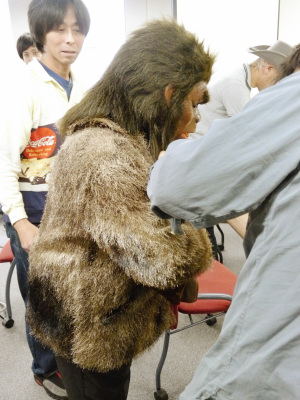
I fixed my messy hair and went back to recording.

◆What kind of work is special modeling?
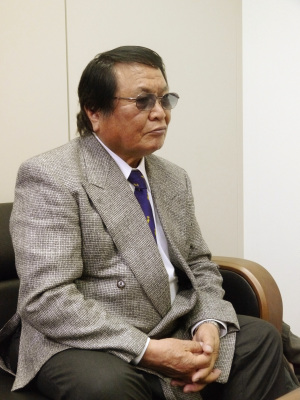
GIGAZINE (hereinafter referred to as G):
First, I have a basic question, but could you tell me what kind of work sculpting is?
Mr. Tsuguzo Murase (hereinafter referred to as Murase):
Nowadays, there are educational institutions such as universities of art and design, but I think that the word 'art and design' basically originated from the film industry. It started with movies, and then moved on to creating shapes for general displays. When we were working at Toho, we were in the early days of modeling, and after that, more and more people joined us, many different companies were formed, and we expanded in many different directions.
However, in this day and age, it is difficult to say that it is possible to make a living just by creating things. For example, at my company,
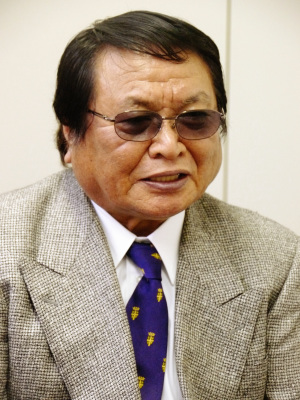
G:
What kind of work was Murase-san working on called 'special modeling'?
Murase:
Well, I couldn't give it a name. At the time, I had a position at Toho, and I was being offered commercial work that couldn't be done anywhere else. In that case, we ended up calling it ``special modeling,'' and we took on the challenge of doing work that no one else did. That is special modeling.
Even in modeling, the idea of continuing to be a pioneer and changing the form, and not just continuing to make the same thing, but always creating something with a different flavor, was born during the Toho era. If it were just a sculptor, the process would be to make a model out of clay, carve it out with Styrofoam, make a mold out of plaster, and then cut it out with resin. When this becomes a special model, mechanics are included.
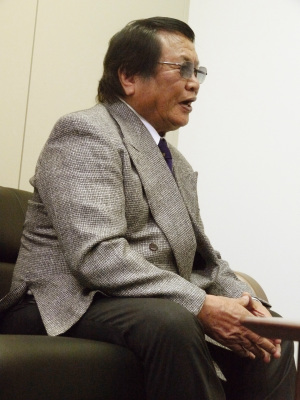
Murase:
In terms of robots, we make the exterior as well as the internal mechanisms. Then create the internal controls. That's how things have been changing. Even if you make a car like the ``
In that way, let's mix various things and create new things in various forms that were not considered in the past.It is not something that was created because we were young at the time, but even as we grow older. I have a strong desire to lead others in this way. I think it will probably continue as long as I live and move forward.
◆Legend of human hair used in Peking Man costume
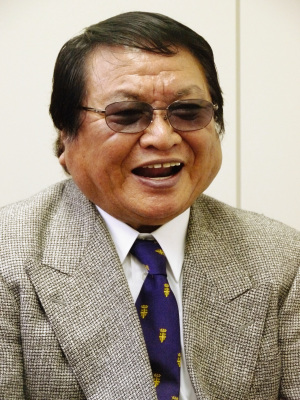
G:
We are talking about ``Peking Man's Revenge,'' for which Mr. Murase was in charge of modeling under Chai Lan of Shaw Brothers, but on the Internet,
Murase:
It's a pretty big story (lol) I think the number of people is about 10 times bigger. I think I actually planted about 10 trees, each one meter square. The rest are only partially used items, about 10 of which are 50cm square.
After all, Peking Man made from goat skin has bristly, or rather thick, hair, so he can't move, and since it's made of tanned leather, it's stretched out and can't move. So I thought this is no good. It's fine if you're doing a slow performance, but if you're going to do some strenuous exercise, you'll need to be much more nimble.
I made that suggestion, and one day when I went to work, there was a ton of hair on my desk (lol).I thought it was quite creepy, but then I was even more surprised to hear that it was all human hair. Yo. I'm afraid I'll be cursed now.

G:
So it wasn't designated as human hair from the beginning.
Murase:
No, no (lol)
◆King Ghidorah's modeling
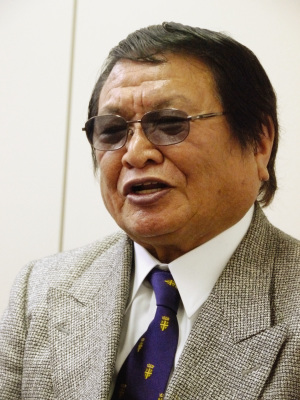
G:
It's a little ahead of time, but you were also in charge of modeling King Ghidorah and Mecha King Ghidorah, so how much time did it actually take to create them?
Murase:
I think it takes about 3 or 4 months. There are about 10 to 15 staff members. I made King Ghidorah, Mothra, and Mecha King Ghidorah, and it took about that long.
G:
Is Mecha King Ghidorah created separately from King Ghidorah?
Murase:
I only made the mechanical part to cover it. I also replaced the entire neck, and attached the armor and leg covers to the top of the scales so that I could set them up later.
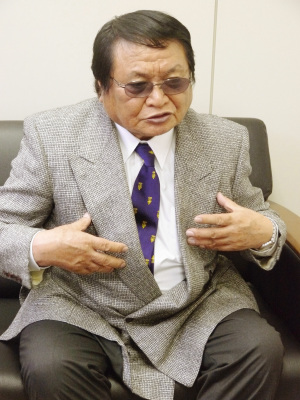
G:
It's exactly like Mecha King Ghidorah (lol)
Murase:
That's right (lol)
◆Differences between CG and live-action footage

G:
The number of works that make full use of CG rather than special effects is increasing year by year, and movies that can be seen entirely in 3D, such as `` Avatar ,'' are being made one after another.What do you think about this trend?
Murase:
Works that use CG are certainly eye-catching, but beyond just being eye-catching, I think it would be better if they were created in a more maniacal way, so that the viewer would feel closer to the work. Using CG and relying entirely on machines to create the screen feels a little lacking in depth to us.
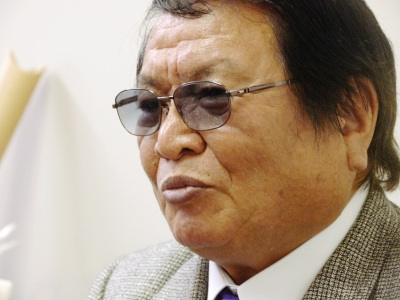
Murase:
Even if it's just a single landscape, it ends up being just a painting. It may be an old-fashioned way of thinking that everything is done through compositing and compositing, but I get the feeling that the screen has a different taste.
The idea that you can do anything has the opposite effect, and you end up feeling like anyone who can tinker with a computer can do it. In the past, special effects were something only a few people could do.
That's why I think there's a real flavor to doing everything by hand, and doing it all by humans no matter how many people it takes. I think it's sad that things are processed only on screen. Well, if you do it with CG, you can do anything easily now that the cost has come down, but I feel like anything that can be done with live action should be shot in live action.
◆Wire action seen in Hong Kong
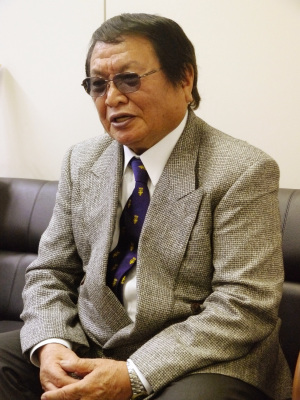
Murase:
Of course, there are times when processing can create a sense of reality, so when we went to Hong Kong to film, we brought piano wire with us, but the Hong Kong staff used thicker wire. When I said, 'Well, you can see it,' he said, 'Even if it takes a little effort, you can just erase it. Now you can take a realistic picture.'
Even after ``Peking Man Strikes Back,'' which we shot, Hong Kong movies have always used wire action, and recently they have been compositing using
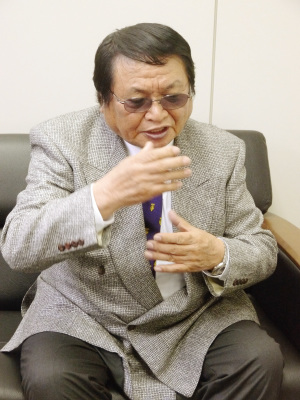
Murase:
Also, when I went to shoot a movie called ``The Seventh Curse'' with Mr. Sagawa and
We used piano wire when filming with Shaw Brothers , but they said, ``What if it gets tangled? It'll break.'' If it actually gets tangled, it will break and the shooting will be interrupted. There was also a person who was erasing the paint, and there was a painter there, and he was erasing each one one by one and photographing them. Also, if you were to send six or seven people flying, there would be a risk of cutting your fingers if you used piano wire, so they thought it would be better to use wire, so they used wire. That's why I think the only Shaw Brothers movie that uses piano wire is ``The Snake Prince,'' which we did. That's how much trust they have in wires.
◆When creating something, always think from the perspective of the viewer.
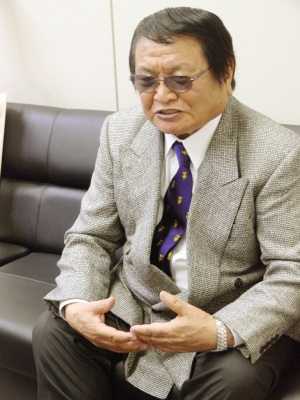
G:
My final question is, is there anything you keep in mind when working?
Murase:
When you create something, you always think from the perspective of the viewer. If you don't stand on the side of the viewer, you won't be able to create something good. I stand on the viewer's side and make every detail that needs to be made with precision. After all, when I say, ``This part will be a close-up,'' even if I don't actually communicate that it will be a close-up, I make the toenails, fingernails, and other points in detail.
If these aspects are not done properly, the work will end up being sloppy. Especially if the final parts are not finished properly, it can be fatal for the sculptor. In this way, we create products by thinking about where the customer will focus their attention.
G:
thank you very much.
Finally, we got a close look at the remade Peking Man mask.

This is not human hair, but the real thing is human hair net sewn together. I am impressed by the spirit of the sculptor who pursues reality.
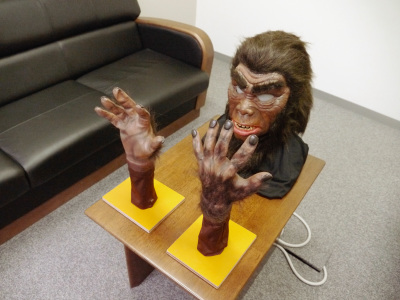
Next time, we will talk about one of Japan's leading special make-up artists who has been in charge of special make-up and modeling for numerous movies such as `` Ultraman 80 ' ', ``Kamen Rider THE NEXT '', ``Onmyoji'', and `` Ring 0 Birthday'' . We are planning to publish an interview with director Tomoo Haraguchi , who is also active as a director and special skills director for films such as
Japanese movie specialty channel 'Special Effects Kingdom Special - Part 6: Challenge to the World'
Special effects movies made in collaboration with Japan and other countries will be broadcast all at once!
[On-air date]
March 19th (Sat) - 21st (holiday/Monday) 7am - others
[Broadcast works]
'The Polar Bola' / 'Death Kappa' / 'The Peking Man's Counterattack'
'Chinese Superhuman Infrastructure Man' / 'Crisis 2050' / 'Mrs. White's Love'
“ Japanese special effects cross the border! ~Men Who Challenged the World~ 1 ”
Related Posts:
